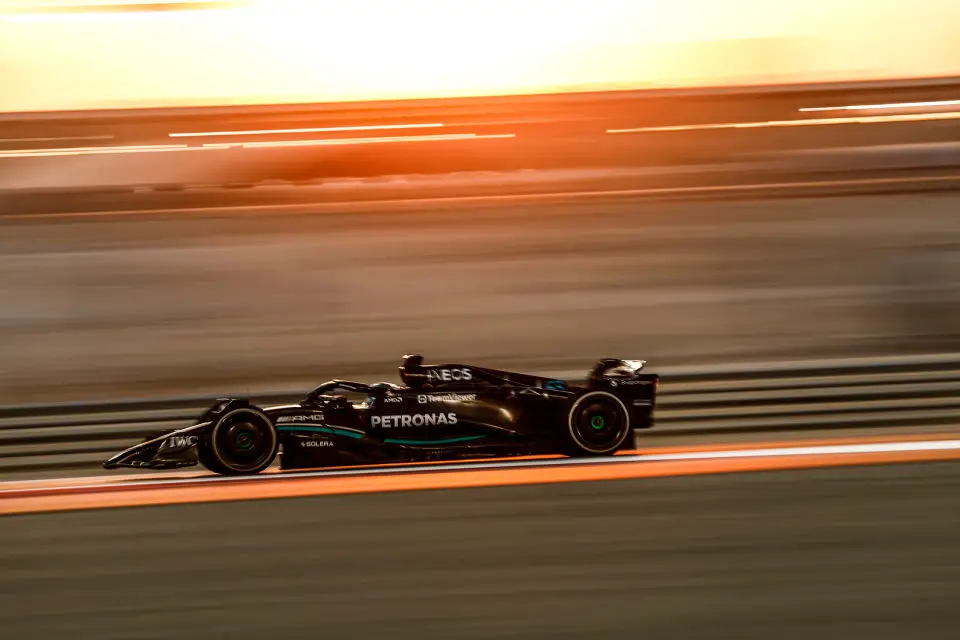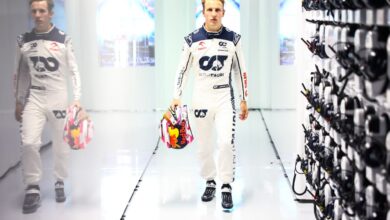Pirelli CEO Addresses Tyre Construction Concerns at Qatar GP: Key Changes in Track Limits and Regulations
The Qatar Grand Prix became a focal point for tyre safety issues, leading to strategic changes. Pirelli CEO Mario Isola pointed out concerns with tyre construction, prompting swift actions from Pirelli and the FIA to adjust track limits and introduce new regulations.
Key Takeaways:
- Limited Data, Notable Issues: Pirelli analyzed the tyres from the single practice session at Qatar GP and discovered construction issues linked to high-speed impacts with kerbs, as explained by CEO Mario Isola.
- Proactive Steps by FIA: To address the tyre concerns, the FIA revised track limits, especially at turns 12, 13, and 14, to reduce kerb interactions and maintain driver safety.
- Contextual Challenges: The Lusail International Circuit saw significant regulatory changes, including innovative track limit solutions like half-and-half concrete blocks, and mandatory pit stops to ensure safety and uphold competitive racing.

The recent Qatar Grand Prix highlighted crucial tyre safety issues, prompting an urgent response from both Pirelli and the FIA. In a significant development, Pirelli CEO Mario Isola voiced concerns regarding the construction of tyres used in the race. This revelation has led to immediate changes in track limits and regulations, showcasing the dynamic nature of Formula 1’s approach to safety and competition.
Mario Isola, in his discussion with F1TV, shed light on the issues encountered. “As usual, we analyse all the tyres used during free practice. This weekend, we have only one practice session, so we don’t have a lot of data. But there is one element that I need to underline from the analysis done which shows that there is a small issue with the construction of the tyre that we believe is due to hitting the kerbs at high speed for a long time.”
Responding to these findings, the FIA took decisive action. The decision to adjust track limits, particularly at turns 12, 13, and 14, was a strategic move to reduce the strain on tyres and ensure the integrity of the race. Isola continued, “Talking to the FIA, they decided that moving the track limits in some parts of the circuit, like at turns 12, 13 and 14, could be a good step to help drivers not to go over the kerbs too much. Sometimes, they are going above the kerb and coming back, so this double impact is obviously not helping the tyre to resist.”
These changes at the Lusail International Circuit are part of a broader effort to maintain the safety and fairness of the sport. Innovations such as the introduction of half-and-half concrete blocks and mandatory pit stops, along with a host of other regulatory changes, including defined boundaries at specific turns and an additional practice session, reflect F1’s commitment to evolving with the challenges it faces.
The recent Sprint Shootout at the same venue had already raised questions about track limit enforcement, leading to a confusing array of penalties. With the Grand Prix Sunday approaching, it remains to be seen how these new measures will impact the race’s dynamics and safety. As the sport continues to navigate through these challenges, the focus remains steadfast on ensuring a safe and competitive racing environment.



